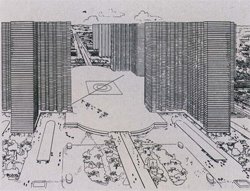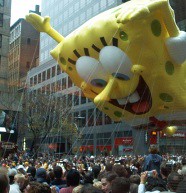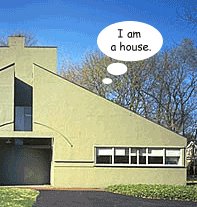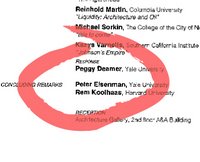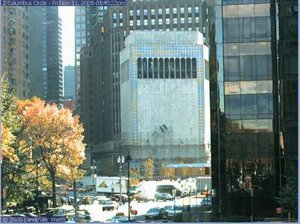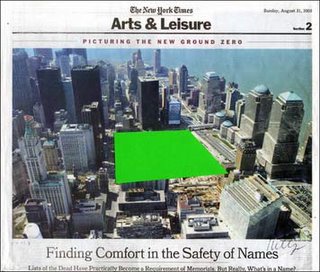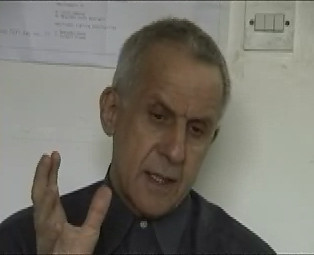
'
Thought Virus #3' has appeared on
Douglas Rushkoff's Blog. These viruses are
a way of hyping the release of his upcoming book,
Get Back in the Box. While the last virus had DYWSC noting that architectural toolmaking is on the rise, this virus hits much closer to home. To quote Mr. Rushkoff's blog...
In today's commercial landscape, cluttered as it is with messages of personal gratification and consumption, the HBO [ad] campaign [about water cooler sales increading with intereset in their programming,] revealed a deeper understanding of our social needs than meets the eye. Not only did it recognize our desire for connection with other people - especially at work - but it recognized our awareness that accumulating social currency was the surest route toward achieving these connections.
[...]
But they've got the horse and the cart reversed. People don’t engage with each other in order to exchange viruses; people exchange viruses as an excuse to engage with each other. Media viruses, and their massive promotional capability, are all dependent on the newfound collective spirit of our age and the increasing need for social currency that has resulted. It’s not about convincing a few key individuals to sell products; it’s about creating products that provide everyone the currency they need to forge new social connections. Sure, if we analyze the movement of an idea across a community, we’ll be able, retro...
... Mr. Rushkoff goes on, but the thesis is stinging. You're reading this bog for something to talk about with other poeple like you. According him, Blogs like this, or other specialized media, ultimitely are currencey for us to communicate. Your choice of media, like your choice of shoes, aligns you with others you seek to hang with (yo).
In the comments section at the bottom, "Matt's" remarks provide the best frame to view virus three. These ideas have been explored by economists long before media commentators wrestled with rational agent (utility maximizer) models. This forum [DYWSC?] is meant to help everyone understand what's going on in Architecture these days, however, we cannot escape the blog culture we're participating in. DYWSC? even encourages comments on how this new medium will effect Architecture.
 Friends recently pointed DYWSC? to a start-up firm out of Singapore that claims to be designing barstools, coffee makers, electronics, and watches with something that sounds like genetic algorithms. They appear entirely technically involved, and admirably are designing the software to push their ideas. If this isn’t a prank, it sounds super-cool, and like a great business model for the youngsters… except “Genometrically” isn’t a word…
Friends recently pointed DYWSC? to a start-up firm out of Singapore that claims to be designing barstools, coffee makers, electronics, and watches with something that sounds like genetic algorithms. They appear entirely technically involved, and admirably are designing the software to push their ideas. If this isn’t a prank, it sounds super-cool, and like a great business model for the youngsters… except “Genometrically” isn’t a word… 

